Currently, the spring crop areas in localities have basically been planted and are in the growth and development stage, some areas have begun to be harvested. However, due to unusual weather developments, pests and diseases have appeared on some crops, so the agricultural sector and localities are actively guiding people to implement measures to care for and prevent pests and diseases on crops.
 People of Thuan Loc commune (Hau Loc) destroy pests on late spring rice.
People of Thuan Loc commune (Hau Loc) destroy pests on late spring rice.
According to the synthesis of the agricultural sector, by May 10, 2024, the total planting area of the 2024 spring crop in the province reached 191,089 hectares of annual crops, reaching 100.05% of the plan, an increase of 45.3 hectares over the same period. Of which, rice is 114,265.1 hectares; corn is 13,312.5 hectares; peanuts are 5,912.1 hectares; vegetables and beans of all kinds are 16,710.3 hectares; sugarcane is 14,421.8 hectares; cassava is 11,172 hectares; other crops are 15,230.4 hectares. Localities are actively guiding farmers to implement measures to care for and prevent pests and diseases on crops, ensuring good crop growth.
However, according to the investigation of the Department of Cultivation and Plant Protection, from May 3 to 8, on the late spring rice fields in Thanh Hoa City and Nghi Son Town, the third generation of small leaf rollers appeared with a common density of 3 - 5 individuals/m2, in some places up to 30 - 40 individuals/m2, with an infected area of 10.3 hectares. In the districts of Ba Thuoc, Thuong Xuan, Ngoc Lac, Yen Dinh, Tho Xuan, Thieu Hoa, Hoang Hoa, Quang Xuong, Nong Cong, Nga Son, Hau Loc, Sam Son City, Thanh Hoa City..., brown planthoppers and white-backed planthoppers appeared with a common density of 350 - 550 individuals/m2, locally 3,000 - 5,000 individuals/m2 with an infected area of 43.625 hectares, and a control area of 58 hectares. Sheath blight disease causes mild to moderate damage, locally severe damage with a common disease rate of 5 - 10%, high 20 - 30%, locally 60%, with an infected area of 566.1 hectares distributed in the districts of Ba Thuoc, Thuong Xuan, Ngoc Lac, Thach Thanh, Nhu Thanh, Tho Xuan, Yen Dinh, Thieu Hoa, Vinh Loc, Nong Cong, Hau Loc, Quang Xuong and Sam Son city.
In addition, in some localities, rice blast, bacterial leaf blight, brown spot, brown spot, and black grain disease appeared, causing damage to rice plants. In addition, some rice areas in some localities continued to be damaged by rats, causing light to moderate damage, and locally causing severe damage to some fields on the edge of villages, hillsides, fields near canals, ponds, and near roads... with an area of 66.6 hectares.
For other crops, in Hoang Hoa and Hau Loc districts, fall armyworms and small leaf spot disease appeared on corn with an infected area of 7 hectares. On sugarcane, stem borers, black beetles, small leaf spot disease, black smut disease appeared... causing damage in Tho Xuan, Thuong Xuan, Ngoc Lac, Ba Thuoc, Thach Thanh, Cam Thuy districts. Cassava mosaic disease appeared and caused damage on KM94, KM140 varieties distributed in Ba Thuoc, Thuong Xuan, Nhu Thanh, Nhu Xuan, Ngoc Lac, Tho Xuan, Trieu Son and Cam Thuy districts with an infected area of 715.95 hectares.
Faced with the above situation, the agricultural sector and localities in the province are implementing measures to urge and guide people to care for and prevent pests and diseases of spring crops. According to the Head of the Department of Cultivation and Plant Protection Vu Quang Trung, the unit regularly coordinates with specialized departments and agricultural service centers of districts and towns to assign staff to regularly go to the grassroots to grasp the situation of crops. For areas of ripe rice, urge people to quickly and neatly harvest according to the motto "green at home is better than ripe in the field" to protect productivity. Closely monitor the development of weather and climate conditions and investigate and monitor the development of harmful organisms on crops, especially on late spring rice such as neck blast, brown planthopper, white-backed planthopper, leaf blight, bacterial streak spot, black grain disease, stem borer, rats... to have timely prevention measures.
For cassava mosaic disease, people need to regularly clean the fields, collect and destroy diseased plant residues, strictly manage the source of seeds for planting, and replant with pest-resistant varieties to ensure timely harvest. Along with that, people regularly check the cassava fields and surrounding fields, if whiteflies appear, they must immediately spray with pesticides containing the active ingredients Dinotefuran, Nitenpyram, Pymetrozine... In addition, localities closely monitor weather developments in the province, promptly inform people to proactively deploy effective response measures, ensuring safe production.
Article and photos: Le Hoi
Source











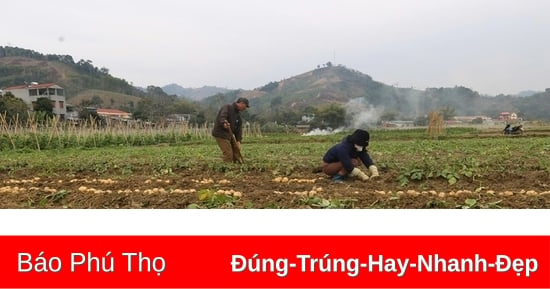







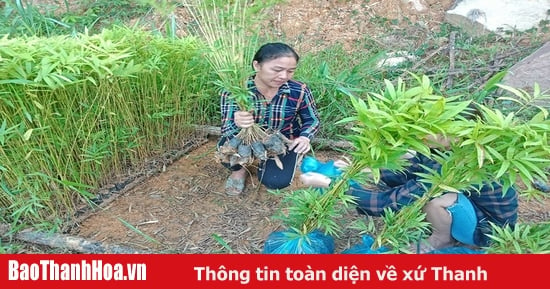







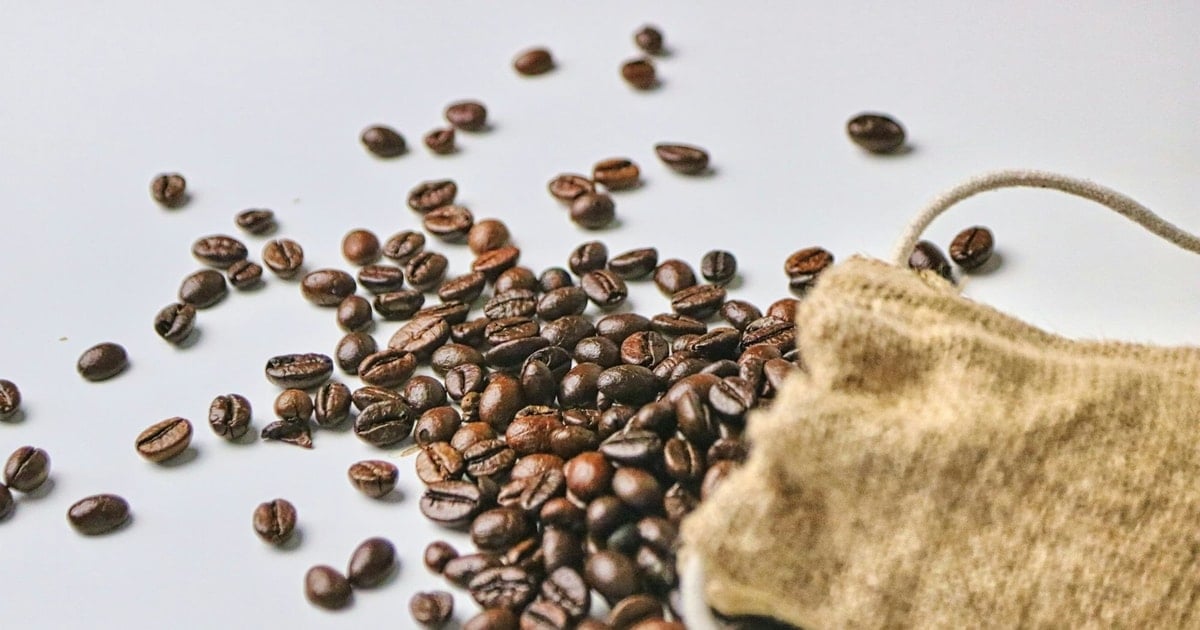

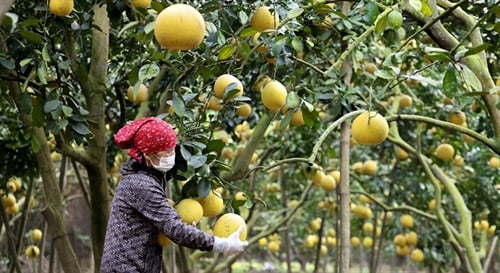

![[Photo] "Beauties" participate in the parade rehearsal at Bien Hoa airport](https://vstatic.vietnam.vn/vietnam/resource/IMAGE/2025/4/11/155502af3384431e918de0e2e585d13a)































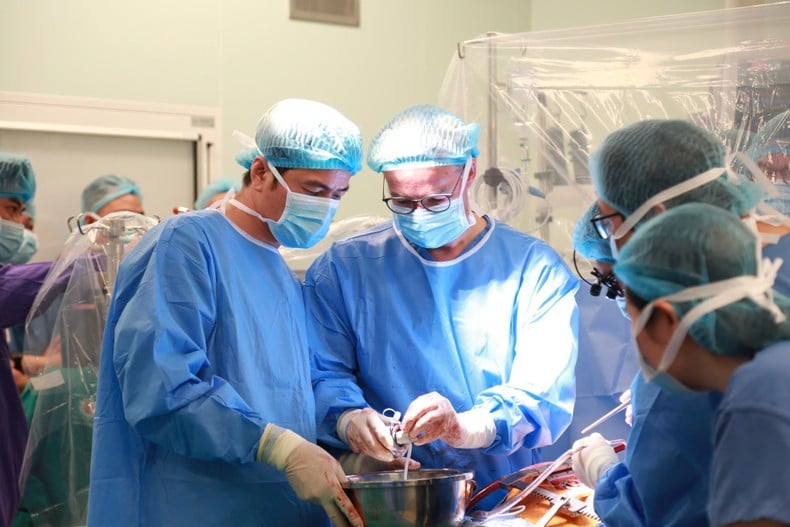






























Comment (0)